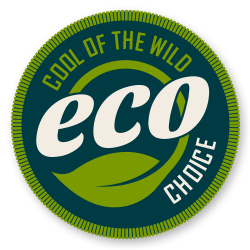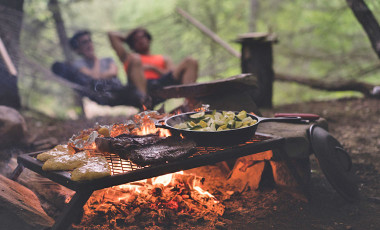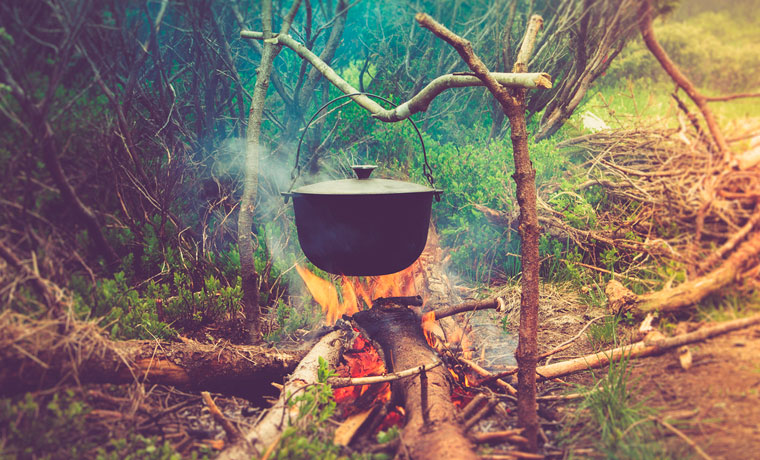I am a massive foodie. Most of my adventures revolve around food, be that a week of hiking in the mountains, a day trip to some place new or the everyday adventure that occurs in my kitchen. There is so much pleasure to be had in creating, eating and sharing amazing food. I really do live to eat. So as you can imagine, when it comes to putting on a spread at the campsite, I don’t take the task of producing drool inducing camping food lightly. But it doesn’t just happen. A whole lot of planning and preparation goes into creating a great camping menu, without even considering the cooking part. Checklists are a big lifesaver for me, and once I’ve finalised my menu, I’ll write a comprehensive camping food list to take to the supermarket with me. That way, my banana boats are never left up the proverbial creek without a chocolatey paddle.
So whether you are a budding chef in need of some tips on how to take your culinary creativity outdoors, or if making beans on toast for dinner is something of an achievement, this ultimate guide to camping food will give you everything you need to know about choosing and using the best food for your adventures in outdoor cooking. This guide includes information on:
- Planning your camping menu
- What great camping food should be
- What to add to your camping food list and why
- What not to add to your camping food list and why
- Essential camping food items
- Camping meal ideas
- A two day camping menu
- A camping food list for the two day menu
Planning your camping menu
Before you even start putting your camping menu together, there are a few really important things you first need to consider:
Who will you be cooking for?
Knowing who you will be whipping up a culinary storm for will have a huge impact on what you are able to cook when camping. Ask yourself a few questions:
Will it be a romantic dinner for two?
Meals for two can be as simple or as complicated as you like when camping (within reason!). If you like cooking then trying some of your ‘at home’ recipes can be fun. Just remember that you will only have a limited heat source ie. a campfire, one or two gas burners, a Dutch oven.
Will you be setting up an outdoor canteen for some mass catering?
Camping meals for large groups can be difficult if you try to get too complicated. One pot dinners work well, and cooking in a Dutch oven is an excellent way to cater for big groups, so long as you have a large Dutch oven. Alternatively, cooking on a grill or BBQ is a nice sociable way to feed lots of hungry mouths. Make a bunch of cold buffet-style side dishes, bung on some burgers, and you’re good to go!
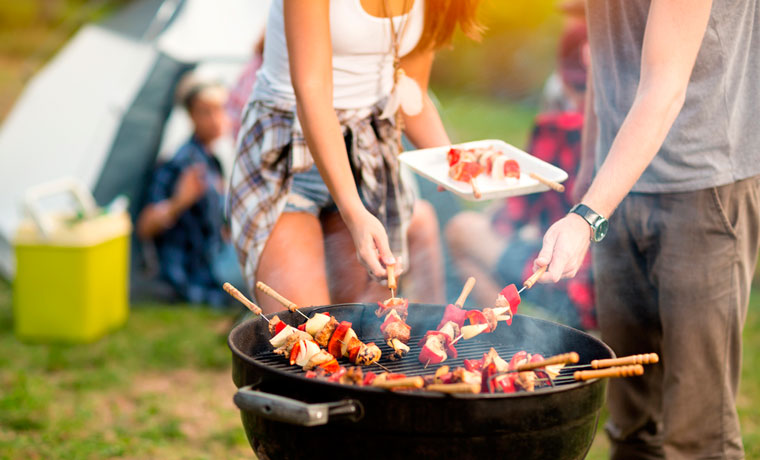
Will your camping meals need to be kid friendly?
There’s no point slaving away for hours over camping recipes that will end up getting fed to the dog, and time in the outdoors means that it’s even more important for the kids to get the fuel they need. Pasta and rice dishes always go down well, and if chopped small enough, you can hide all sorts of vitamin filled veggies in a meaty bolognaise. There are also a bunch of camping meals that are fun for the kids to help make and cook:
- Bread on a stick
- Vegetable kebabs
- Homemade burgers
- Banana boats
- Campfire orange cup cakes
- Campfire popcorn
Are you catering for vegetarians?
Although I am meat eater, I’ve found that most of my camping recipes tend to end up being vegetarian. Firstly, I love vegetarian food. But secondly, refrigeration of ingredients can become problematic when camping. So if you are catering for non-meat eaters, you may actually find that it is really easy camping food to make.
What will you be cooking your camping meals on
Next thing to consider is your heat source. You have a few options, all of which will be dependant on where you are and what you have available to you:
- Single ring gas stove
- Double ring gas stove
- Gas BBQ or grill
- Charcoal BBQ or grill
- Fire pit with grill
- Dutch oven
To make sure you choose the right cooking method for you, read our article on 20 different ways to cook at camp.
Once you’ve figured out what you will be cooking on, you can then tailor your camping menu to fit around the strengths of your heat source. For example:
Heat source: single ring gas stove
Number of mouths to feed: 6
Appropriate meal: a one pot stew or bolognaise with bread and cold salads
This is a less than ideal scenario, so try to make sure you have an appropriate means to cook your meals for the number of people you are feeding.
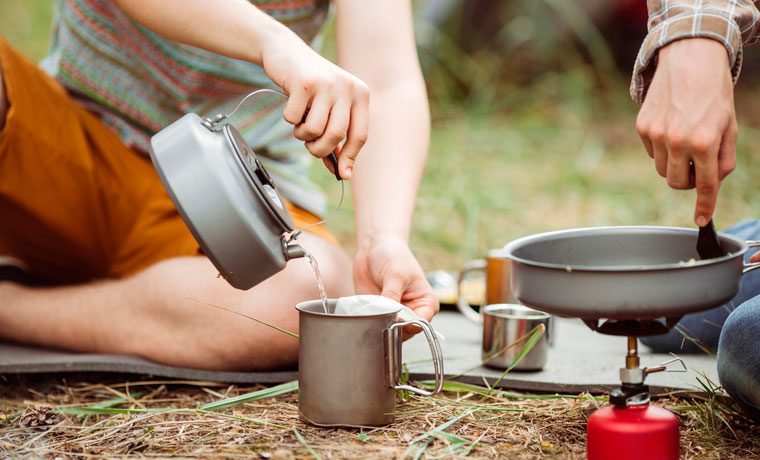
Perishable camping food and the duration of your trip
Unless you plan on surviving on canned and dried food for the duration of your camping trip (which is definitely possible), you will need to have a cooler to store any fresh or perishable items.
Most non-electric coolers will only be effective for the first day or two – fine for a weekend but not so great on extended trips. A good way to deal with this is to plan your camping menu so that the perishable items are cooked within the first few meals. Then the last few meals of the trip will be largely vegetable based, or canned meats if vegetarian cooking doesn’t do it for you.
What great camping food should be
So now that all of the above are clear in your head, the next thing to think about before you write your camping menu, is the meals themselves. Great camping meals should ideally be:
- Easy to cook – the potential for things to go awry when cooking at camp is much higher than when cooking in your kitchen at home. The more complex your recipe, the greater the potential for disaster. So keep it simple, and in theory, you won’t go wrong.
- Quick to cook – there are always so many fun things to do when camping, and although camp cooking is all part of the fun, you can end up spending too much time over the stove and missing out on all the other stuff if you’re not careful. Speedy cooking is also important from a fuel point of view. Keeping a campfire at the optimum temperature for ages is a difficult skill to master. And you don’t want to run out of gas on your first night. I’m not saying flash fry and undercook everything, but just be aware that time should be a consideration.
- Filling and hearty – we all use so much more energy when we’re out and about exploring the wilderness, so fill the plates high and make sure your meals contain plenty of healthy carbohydrates that will provide sustained energy. It’s always better to have too much than too little – you can always use up any leftovers later on.
- Full of balanced nutrition – just because you’re on vacation, doesn’t mean that getting vitamin filled vegetables into your diet should go out the window. In fact the opposite. Your body will be working so much harder than normal that a week of missing nutrients could leave you run down and exhausted. Equally, it’s also not an excuse to eat sugar constantly. Yes, a few sugary snacks here and there will be great for a short term energy boost, but with that comes the energy crashes which can ruin the day for already tired kids. So keep the sugar on the low or for special treats.
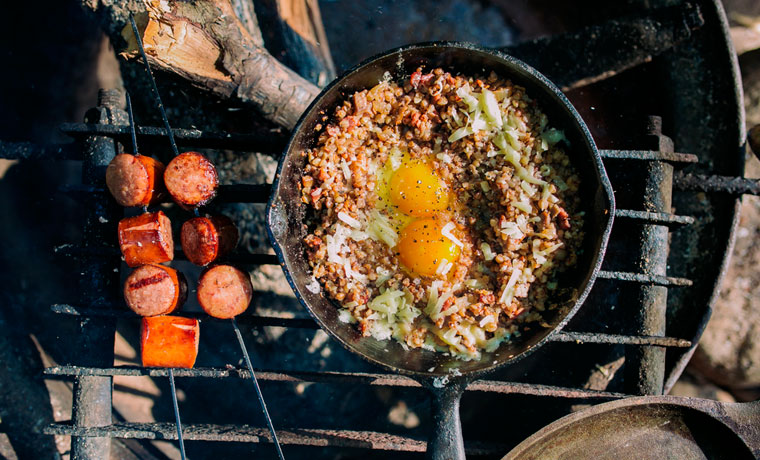
What to add to your camping food list and why
A camping food list is one of those things you think you will never use until you have one. Write and use one and you won’t be able to even imagine how you ever hashed together a camping menu without one. It can make all the difference to your stress levels when packing for camping, and will ensure you don’t build up any more unnecessary tension for all that wilderness fresh air to take care of.
This camping food list is by no means definitive, but it contains some great camping food ideas that will store well, are quick and easy to cook and can be used in loads of different camping recipes:
Dairy and non-meats
As well as being one of life’s simple pleasures, having cheese on your camping menu will also provide an excellent source of protein and fat for sustained energy, and a truck load of calcium. Some great dairy and non-meat options for your camping food list:
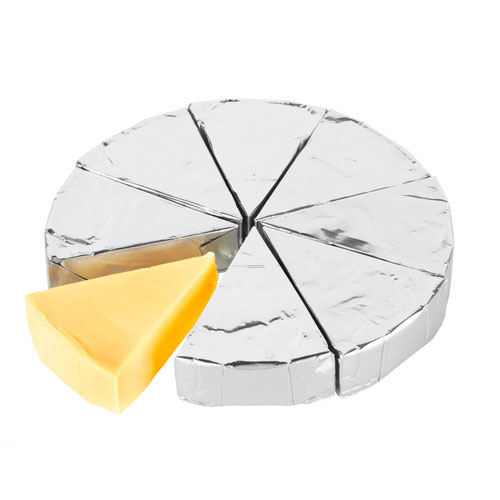
Cheese triangles
Good for lunches or snacks and don’t need to be kept cool.
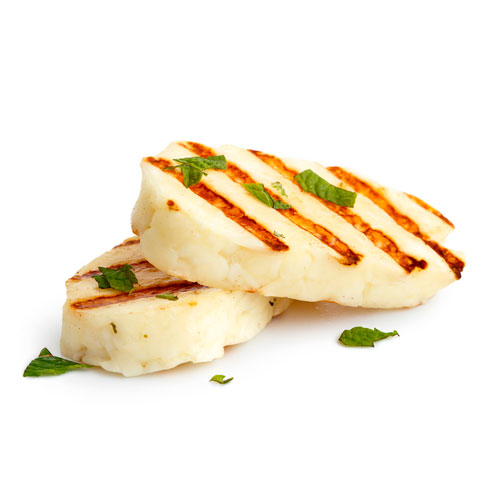
Halloumi
Low melting point means that it will last longer than normal cheese once the cooler ice has melted. Delicious added to a tomato and red pepper stew.
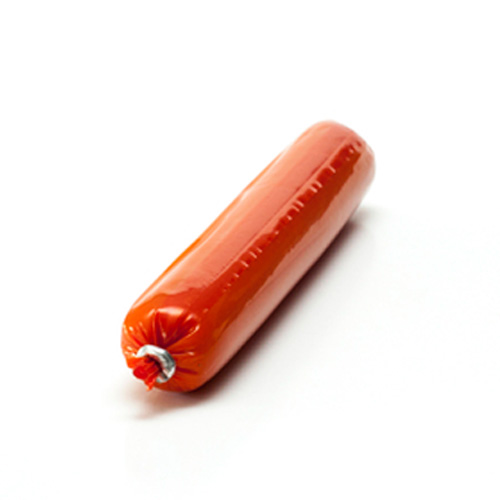
Smoked cheese
A tube of smoked cheese doesn’t need to be kept cool before it’s opened. Good for packed lunches and camping snacks.
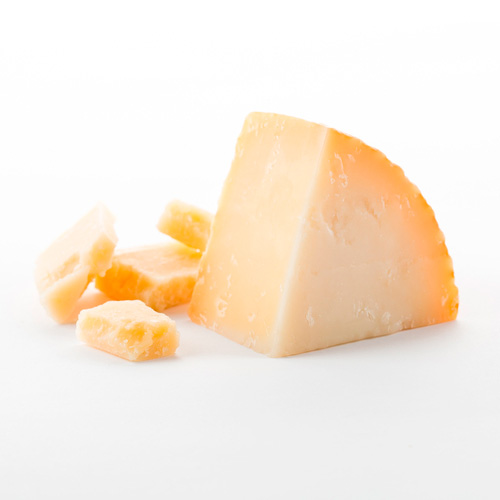
Parmesan
An excellent addition to pasta dishes, salads or pizza’s. It will survive very well without refrigeration. Pre-grated parmesan won’t last quite as long so make sure you pack your grater!
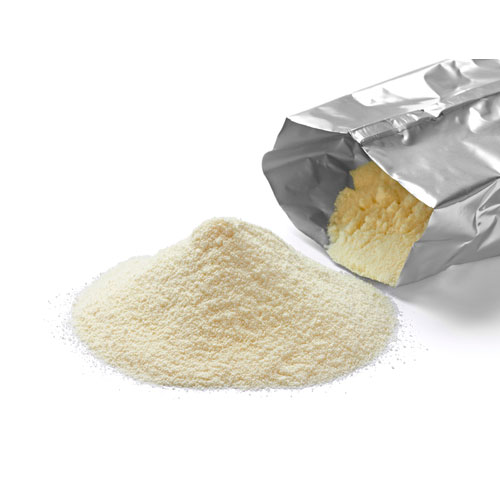
Dried milk
Brilliant for adding to hot drinks or for cooking with. Not the best taste if you want it for cereal or drinking.
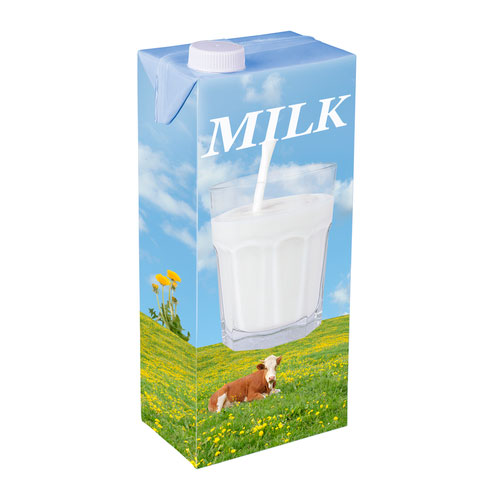
Long life milk
Unopened, it will last for months. Once opened it will need to be kept cool like normal milk, or used on the day of opening.
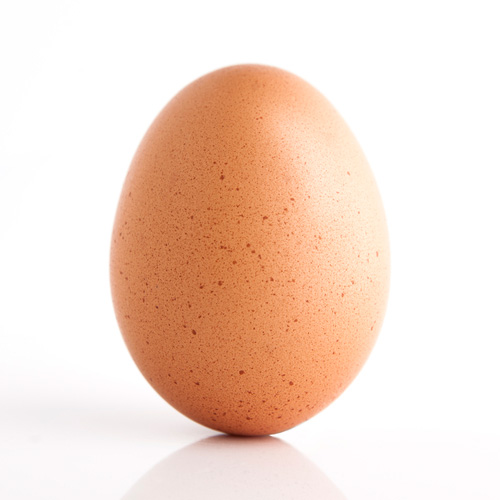
Eggs
Such a versatile addition to your camping food list. So long as the conditions aren’t too hot, eggs will last a good few days out of the cooler but also out of the sun. If they need using up then hard boil them for packed lunches or camping snacks.
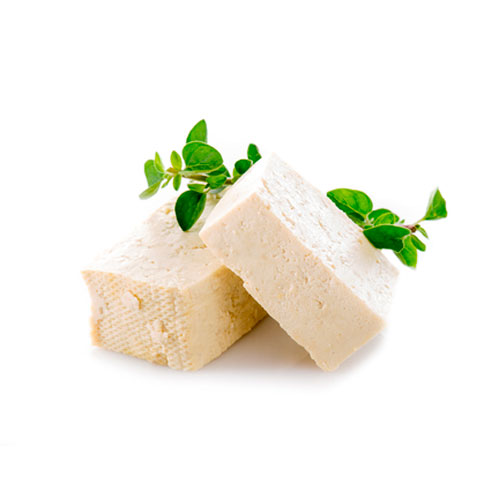
Tofu
In a carton, tofu needs no refrigeration so is a great option for an end of trip protein hit.
Meats
If your camping menu is meat heavy then you’ll need to smart about which meats you bring so you don’t over-do your meat consumption within the first 24 hours! If you are on an extended trip and can’t go without meat for the last few days, then you’ll need to consider an electrical hook up for a portable fridge, or get to a shop regularly to top up your cooler ice and restock the meat supply.
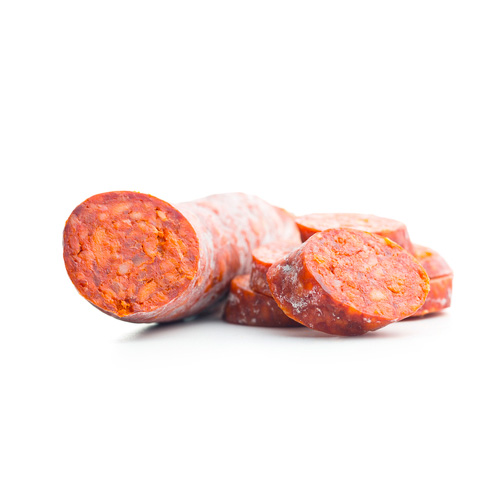
Dried meats
Chorizo and saucisson will last for ages out of the cooler and both are an excellent high energy option for lunches, snacking or adding to big one pot meals for a little extra flavour and depth.
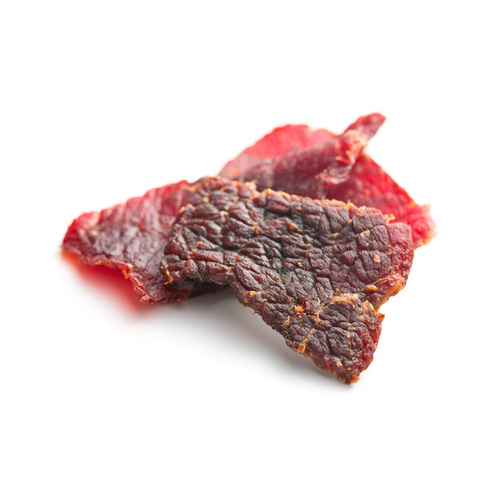
Jerky
A brilliant camping snack for out and about. Full of protein and no need for cooling.
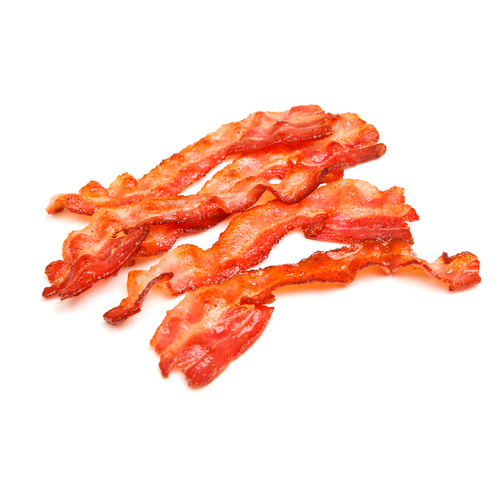
Cured meats and bacon
These will need cooling, but will outlive fresh meats once the cooler ice has melted. Good for sandwich fillers or for a hearty camping breakfast.
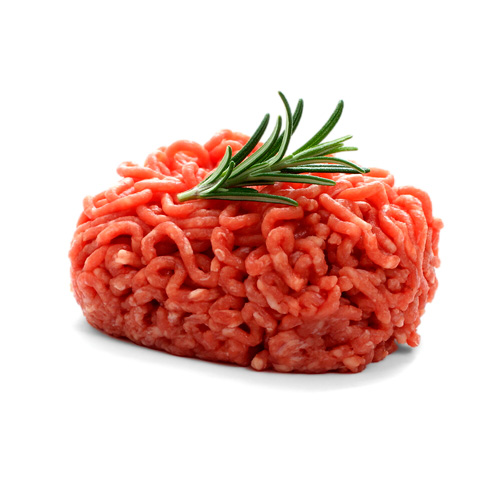
Minced meat
A really versatile ingredient for camping dinners. Get the kids involved to make their own burgers or roll into meatballs, or even make kebabs and cook over the fire on a stick. Needs cooling.

Sausages
Use fresh on the first day, or bring some vacuum packed sausages for later on in the trip.
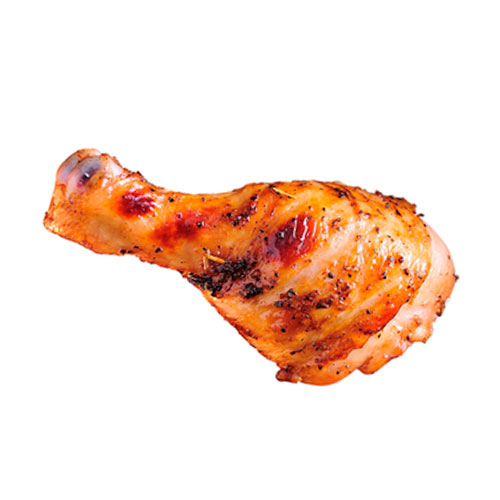
Chicken
Make sure you cook for your first dinner. Chicken is super versatile for BBQs, kebab sticks, stews, salads, stir frys and loads more.
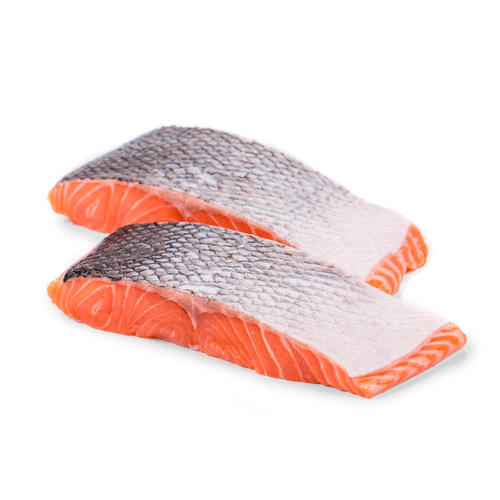
Fish
Again, you will need to cook on the first day. A couple of fish steaks makes for a quick and gourmet pan-fried dinner for two, or have a fishy feast by wrapping a whole one in foil and cooking it on the campfire.
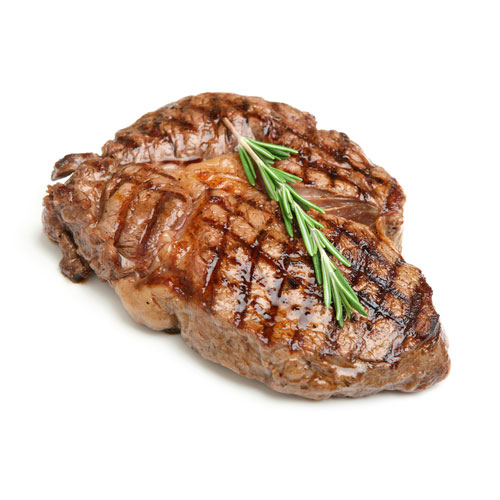
Steaks
Ideal for cooking on the BBQ or grill, but needs cooling.
Canned food
For extended trips, canned food really comes into its own to provide flavour and variation to your camping meals. Choose cans with ring pulls for added convenience, and if you’ve got the space, then always pack more than you think you’ll need. You don’t have to use them, but it’s great to have the backup supplies.
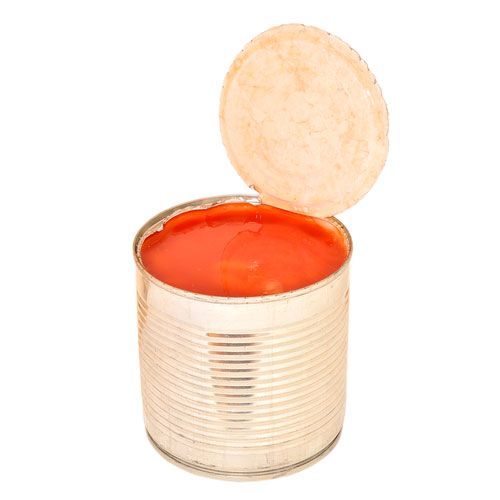
Tomatoes
An absolute staple for adding to loads of different camping dinners.
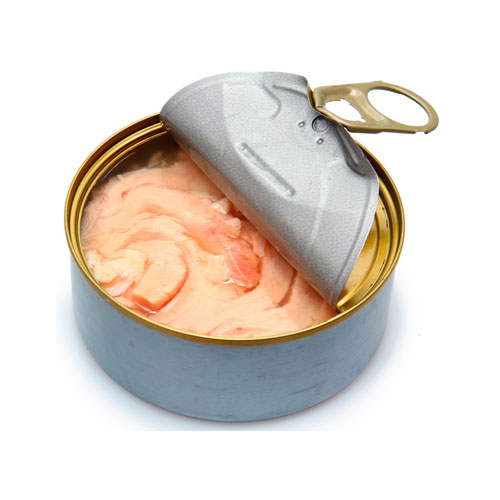
Tuna and tinned fish
Ideal for end of trip sandwiches or to add a some protein to non-meat pasta dishes.
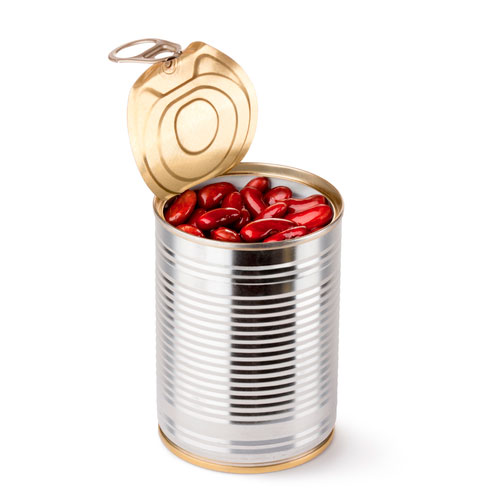
Beans, sweetcorn and chickpeas
So versatile and a good source of protein once the meat has gone. Add to stews, salads, soups and chilli.
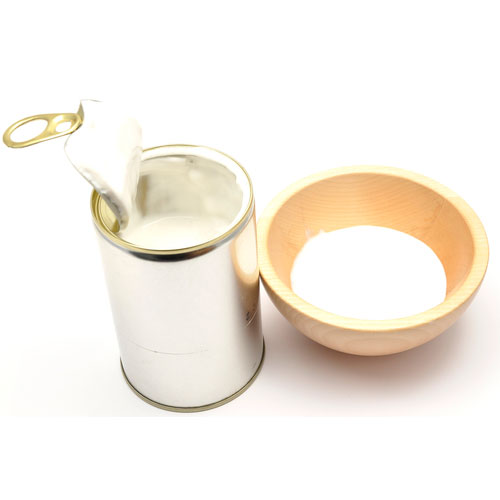
Coconut milk
Good for adding to asian recipes and curries, or whipped up as a cream to add to desserts.
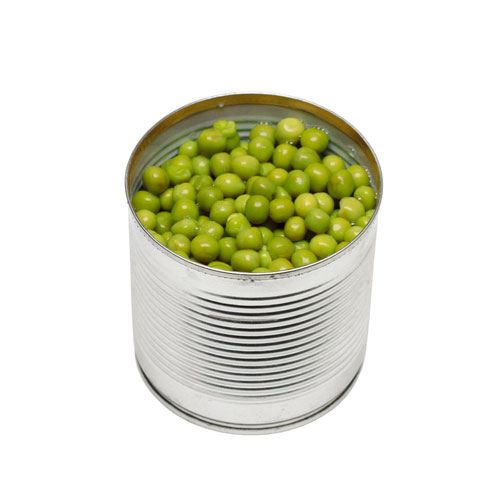
Vegetables
Although canned vegetables aren’t a patch on their fresh counterparts, they do a good enough job at adding some extra nutrition to one pot dinners.
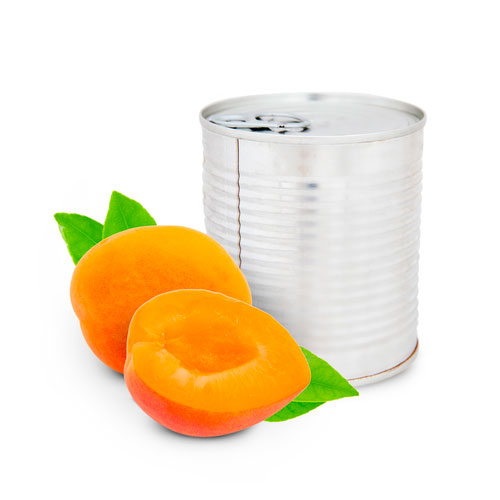
Fruit
A super easy dessert option that requires zero preparation and is a guaranteed crowd pleaser.
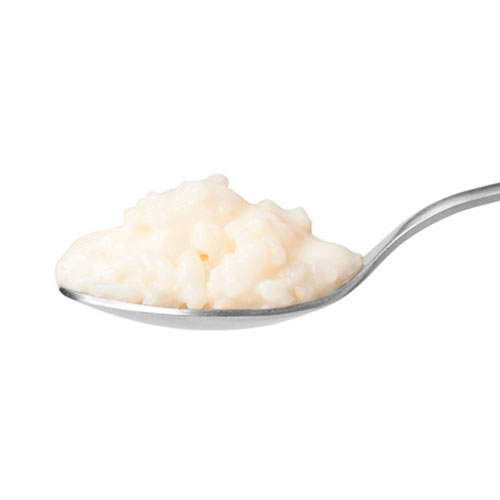
Rice pudding
Another easy camping dessert that will fill up anyone that still has room in their bellies.
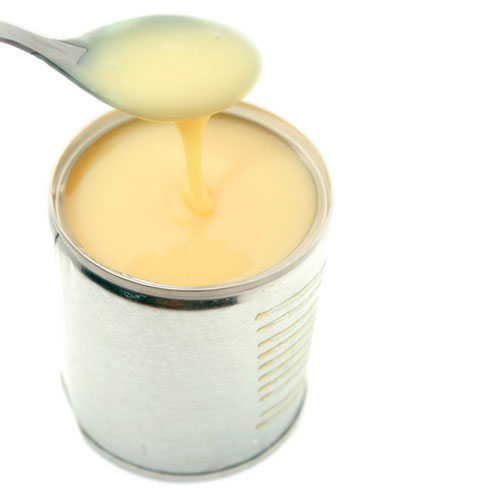
Custard and evaporated milk
Ideal accompaniments to any campfire dessert or as an easy backup dessert with fruit.
Vegetables
It’s super important not to neglect your vegetable intake when camping. But not all veg will keep well when not refrigerate. This selection are versatile and fast cooking, or good to eat raw.
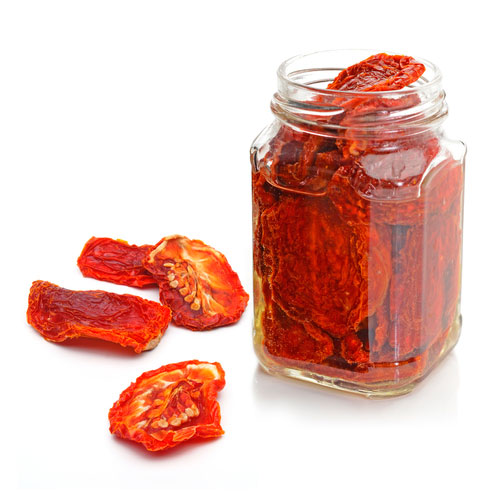
Sundried tomatoes in oil
A great addition to pasta dishes, salads, scrambled eggs or tomato based meals. And you can use the excess oil when frying too.
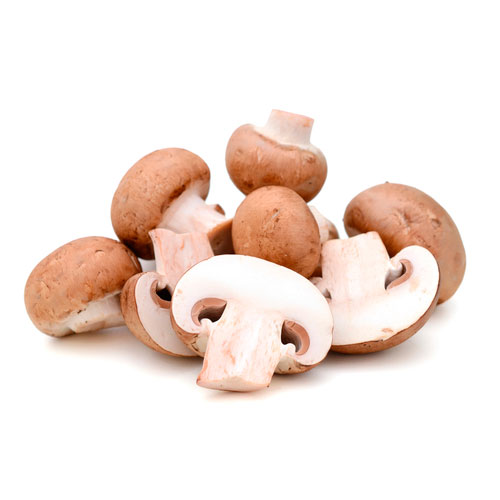
Mushrooms
They won’t last forever out of the cooler but will add a delicious meatiness to vegetarian dishes.
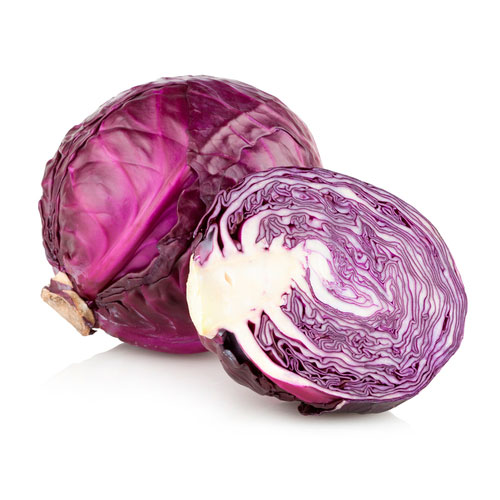
Red cabbage
Shred into cold salads or stir fry into noodle dishes. Long lasting out of the cooler and super versatile.
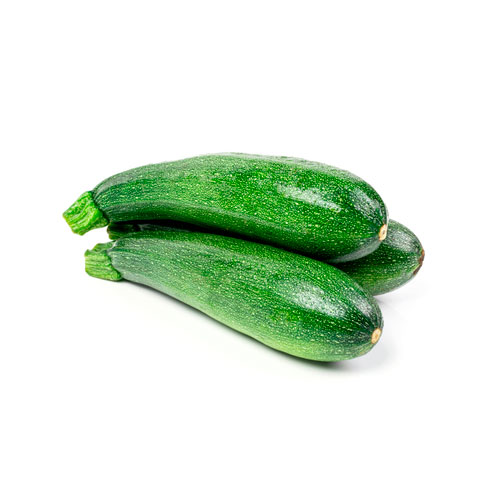
Courgettes
Quick cooking and versatile. Use as the feature of the meal, a side or mixed into one pot meals.

Carrots
These are best used raw when camping as they take quite a while to cook. But they don’t need cooling and are excellent grated into salads or chopped into sticks for a quick and healthy camping snack.
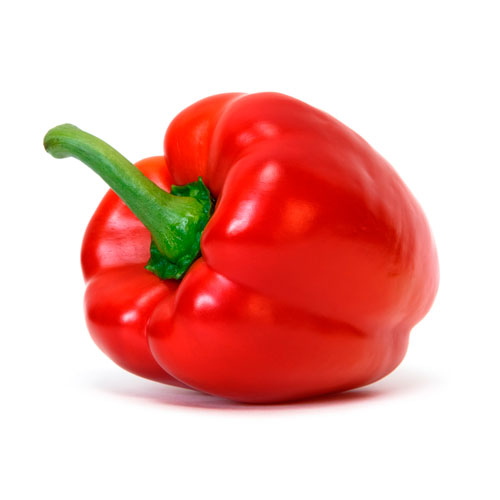
Peppers
These will last a while without cooling and are a super tasty addition to cold and hot meals. A good option for kid friendly camping meals.
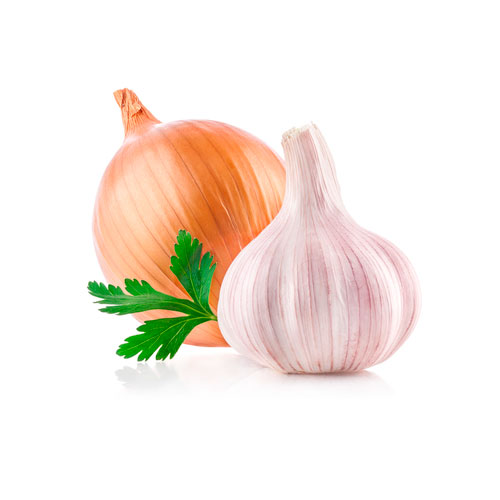
Onions and garlic
Staples for creating meals from scratch. They store well out of the cooler. Just keep an eye on onions going bad after a long time in hot conditions.
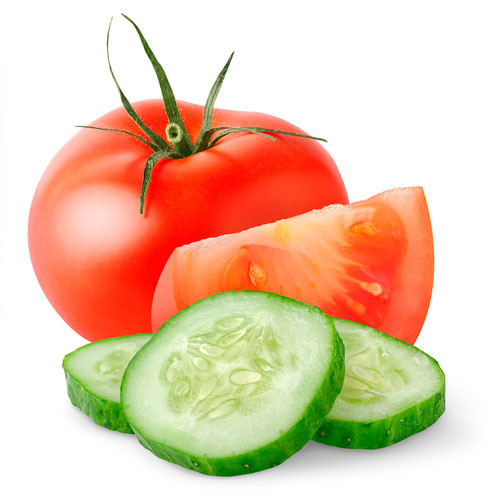
Cucumber, tomatoes and celery
Good for camping snacks or adding to salads, but will need cooling to stay fresh.
Grains and carbohydrates
These should make up the bulk of your camping food. They store well without refrigeration, are easy to cook, contain loads of energy and will fill you up nicely.
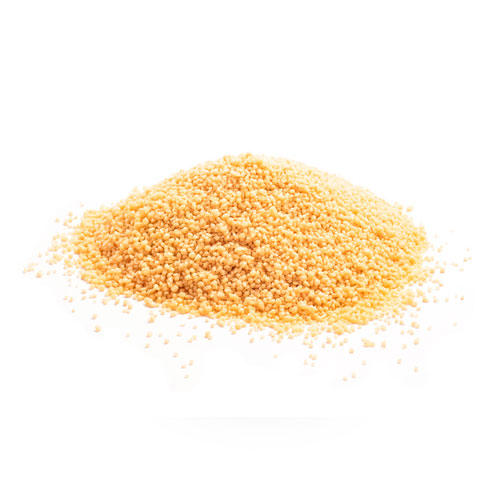
Couscous
The best camping carb ever. Just add hot water! So quick and easy and can be adapted to loads of different meals.
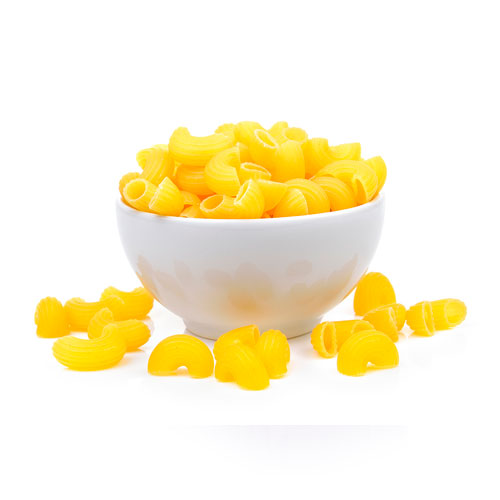
Rice, orzo and other pasta
Orzo is one of the fastest types of pasta to cook and a good replacement for slower cooking rice.
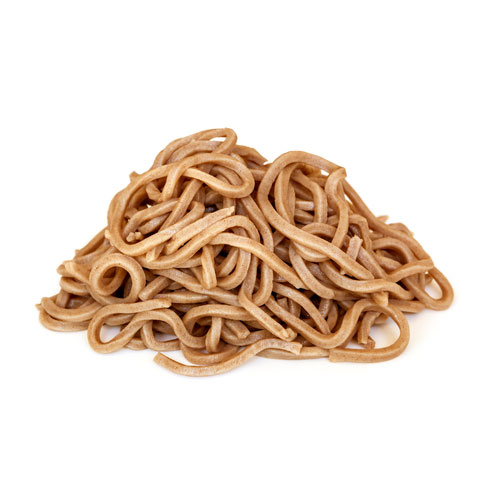
Noodles
Another speedy carb option that’s always a hit with the kids. Serve cold with a crunchy red cabbage salad or for a quick stir fry dinner.

Polenta
A good quick carb for those looking for a wheat free option. Versatile and filling.
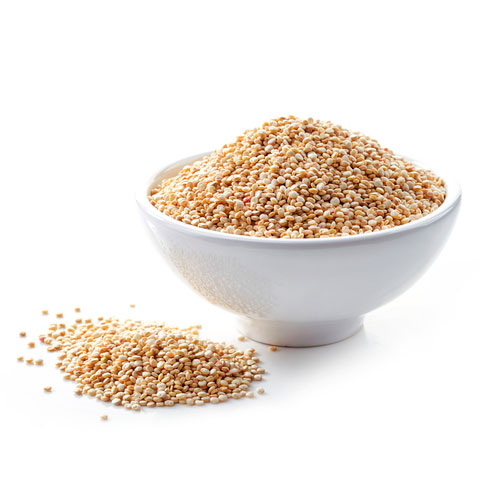
Quinoa
The high protein content of quinoa makes it an ideal addition to your end of the week vegetarian meals.
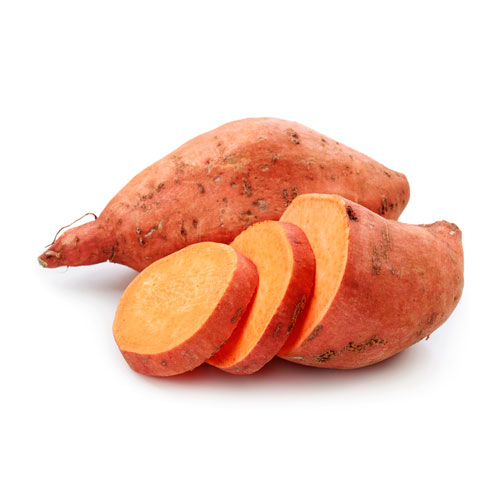
Sweet and normal potatoes
Wrap them in foil and bake them in the fire for a super easy dinner. Sweet spuds cook faster than normal potatoes so are a good option if you are cooking on gas.
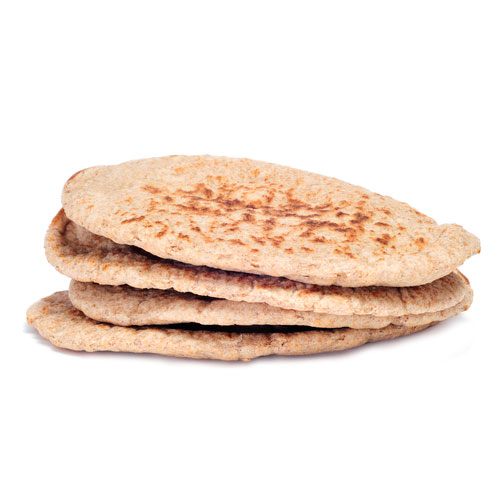
Pita/flat bread and bagels
These will last longer than normal loaves of bread, are full of energy, and also store better without getting squished.
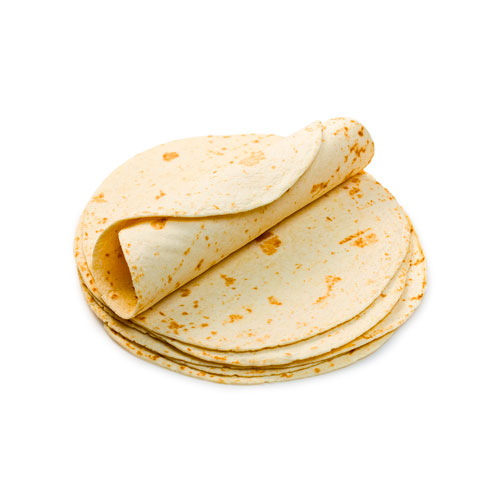
Flour or corn tortillas
A good variation for lunches and breakfasts. They store well and will take a good few days to go stale.
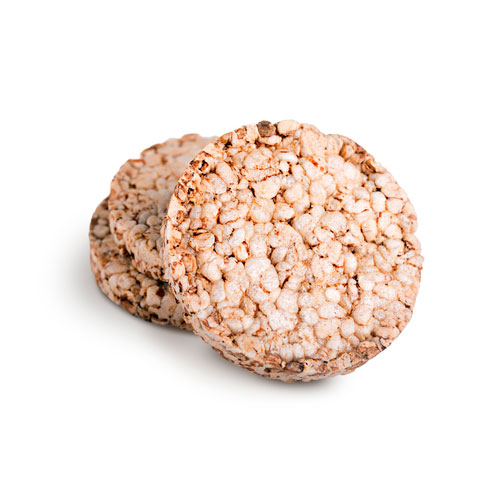
Crackers and oat cakes
Ideal for camping snacks and lunches, and some variations are good fillers for wheat free diets.
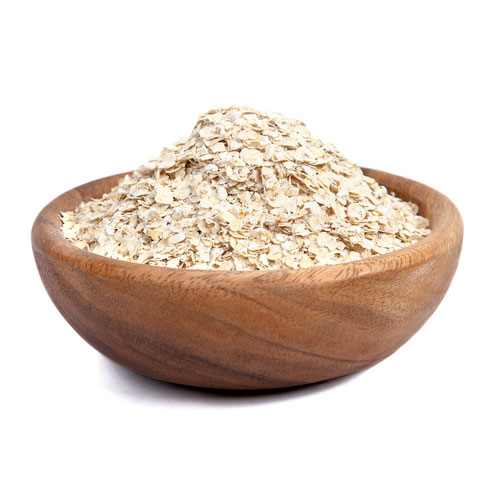
Porridge oats
A great breakfast option for large groups. Top with dried fruit, nuts and honey for a little extra energy.
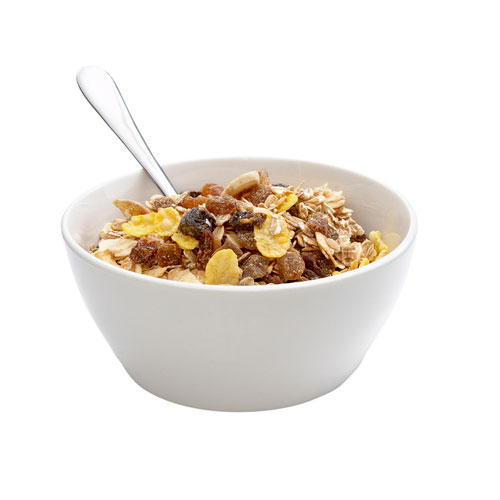
Muesli and other breakfast cereals
Good for easy ‘help yourself’ style breakfasts. Just make sure you have long life milk in the food store.
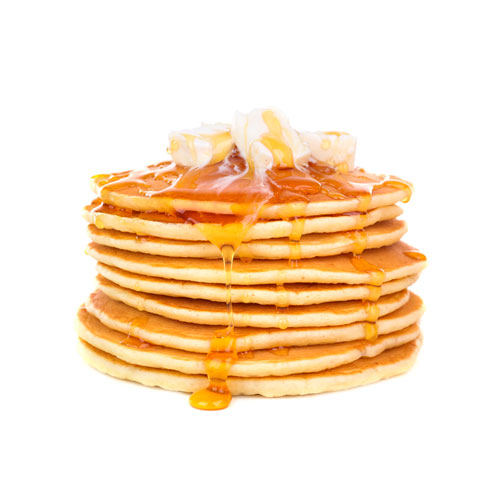
Pancake mix
Make your own with flour, eggs and long life milk, or even easier, buy a pre-mix and just add water.
Snacks
Camping snacks need to be full of energy that will sustain you until the next meal, easy to eat on the go, and should travel well when thrown into your backpack for a day on the trail.
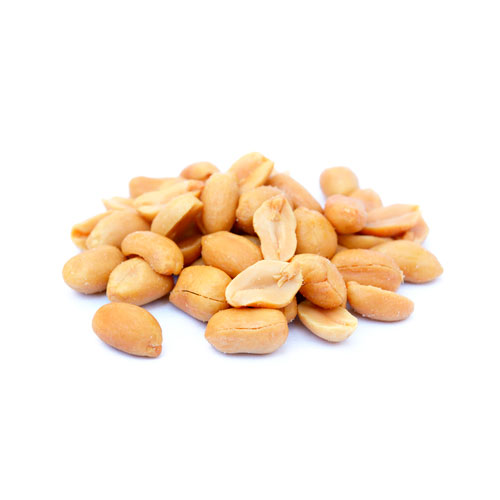
Salted peanuts
An excellent high energy snack for a day out hiking in the heat. The salt will replace the sodium you have sweated out. Just make sure you drink plenty of water too.
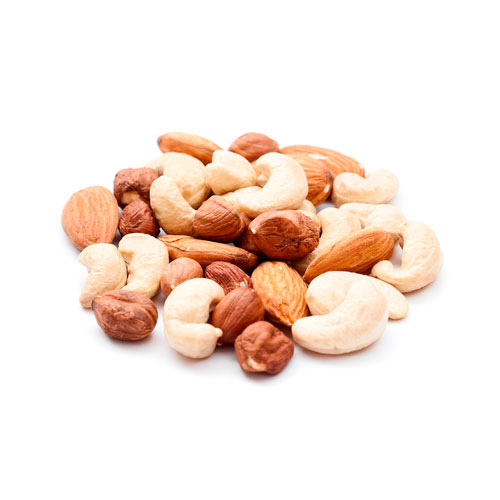
Nuts
Add to pancakes, salads or cereals, or just snack on them throughout the day to stay energised.
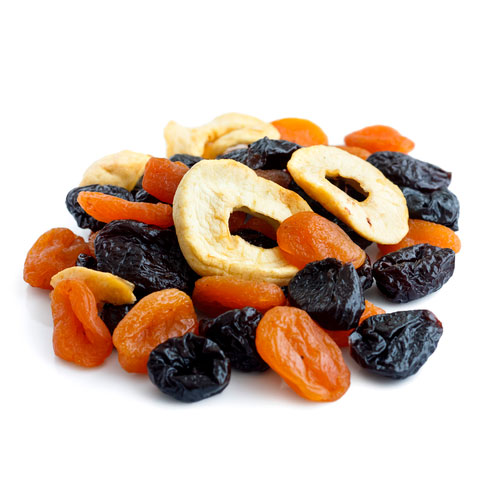
Dried fruit
Good on top of your cereal, mixed with nuts for an energy boosting snack or added to main meals for a subtle sweetness.
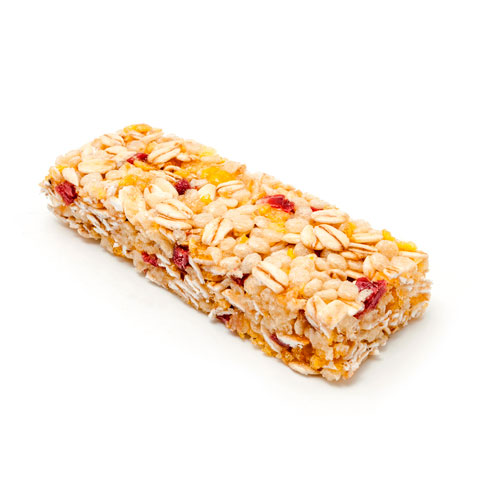
Snack bars
A super convenient high sugar energy boost. Great for hiking.
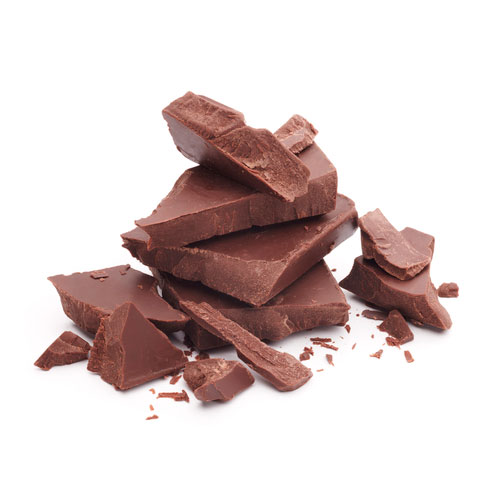
Chocolate
Not ideal for hot weather, but no camping trip is complete without it. So it HAS to go on the camping food list! Its best use is inside campfire banana boats, melted inside s’mores and stirring into a mug of hot cocoa.
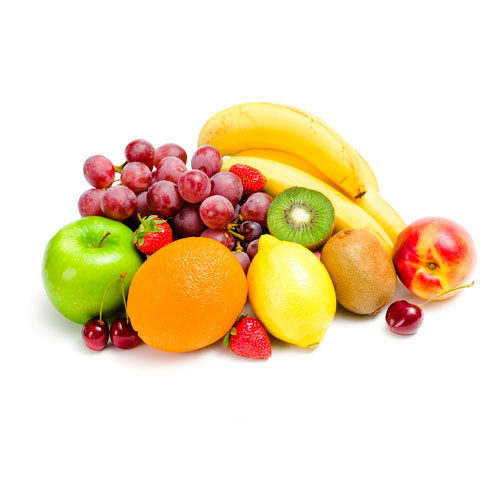
Fruit
Most fresh fruit is great when camping. Just make sure you eat the more fragile ones first and don’t let you bananas get squished!
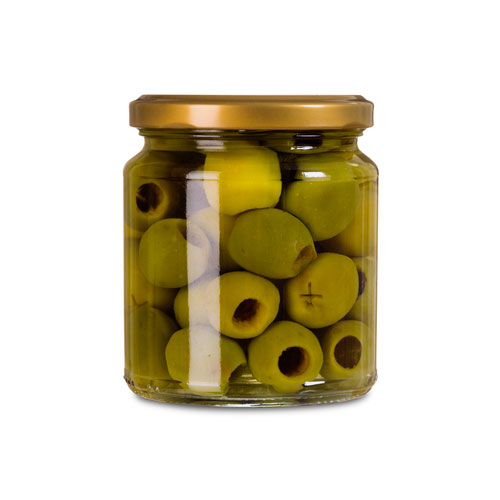
Olives
Bust these out with some chips for pre-dinner nibbles, or add to pasta dishes. They store just fine in a jar out of the cooler.
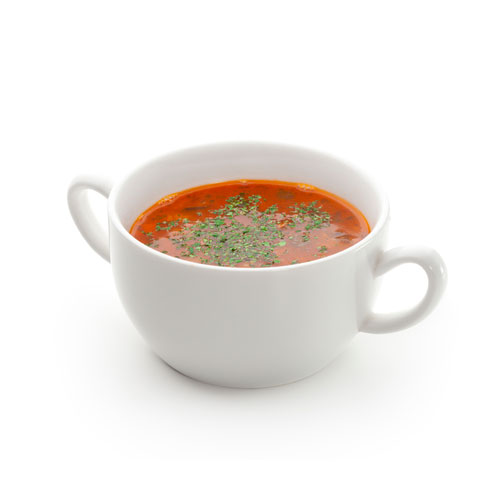
Packets of dried soup
Ideal in a flask of hot water for warming lunches on the go. They can also be used in noodle or pasta dishes for quick and easy flavouring.

Crisps and chips
Naughty but nice. Good to add to packed lunches, ideal for dipping into one pot dinners or for a huge bowl of camping nachos. Just make sure you store them in a non-crushable place.
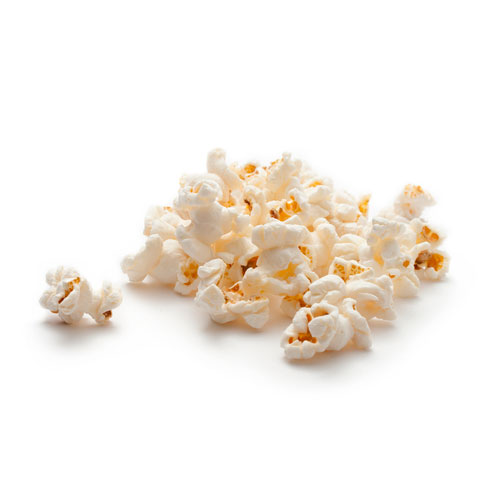
Popcorn
A great space saving snack or a low sugar dessert option when you want to go easy on the sweet stuff before bedtime. The kids will love cooking them on the campfire too.
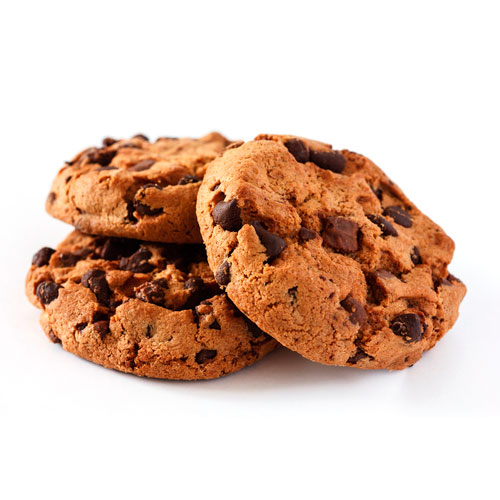
Biscuits and cookies
The perfect treat with an afternoon tea or coffee that will last and store much better than cakes.
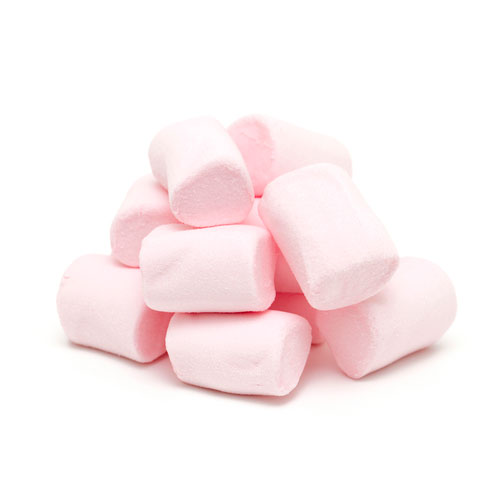
Marshmallows
Every camping trip needs at least one night of toasting marshmallows over the campfire. Put them on the list!
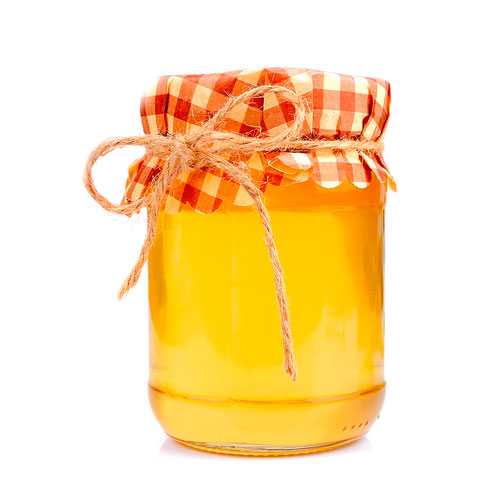
Jars of yumminess
Peanut butter, jam, honey, Nutella and marmite are all brilliant to have in your food store to spread on bread or crackers for speedy snacks or lazy lunches.
Drinks
With so much fun to be had when camping, staying properly hydrated can be a challenge. Always take a refillable bottle of water with you everywhere you go and have a kettle of hot water at the ready for regular tea and coffee ‘breaks’ when at camp.
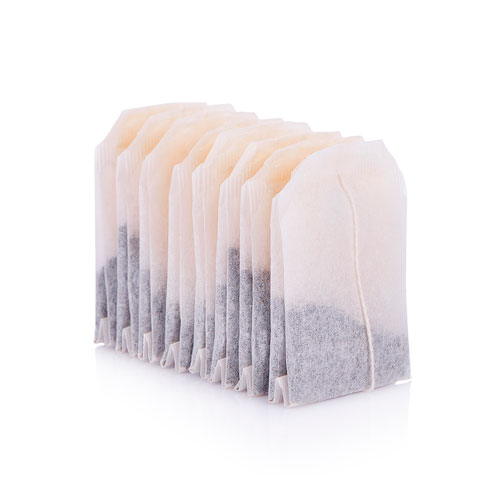
Tea
Store in an airtight container and bring more than you think you’ll drink. There’s always time for a cuppa when camping!
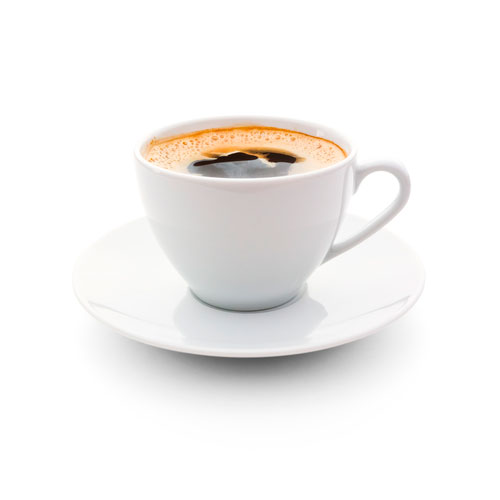
Coffee
Instant coffee is good for ease, but if that just won’t cut it then pack the coffee press and get the proper stuff out. You can’t beat a freshly brewed pot of campfire coffee first thing in the morning.
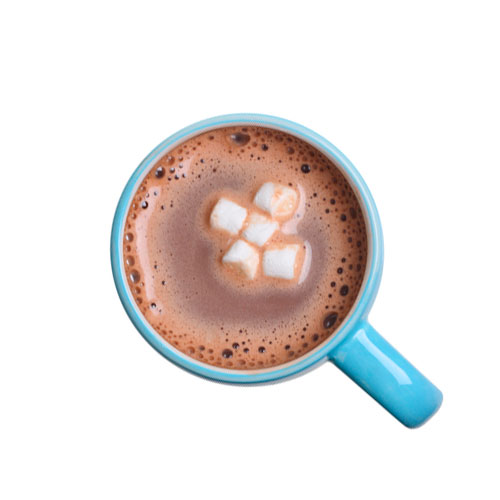
Hot chocolate
A must for sipping on round the campfire. Top it with some marshmallows for a bit of luxurious decadence!
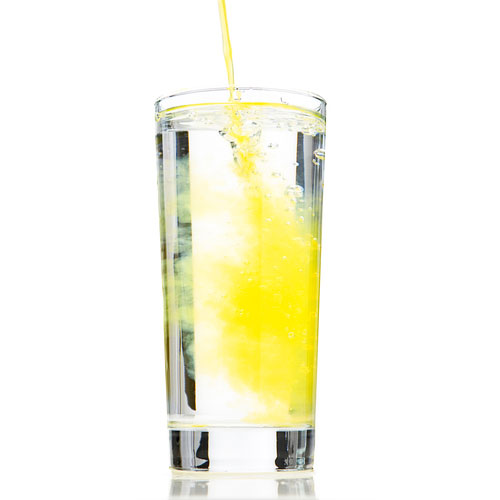
Fruit cordial
This is the best type of fruit drink for camping as it doesn’t need refrigerating like fruit juice and takes up way less room that bottles of soda.
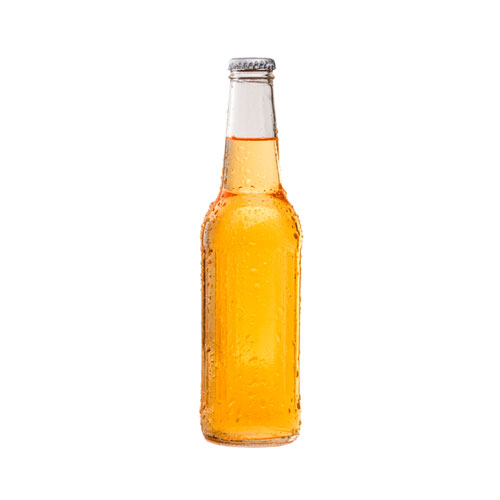
Beer
It’s likely that the cooler will be filled with food, so store your beers in a bucket of cold water.
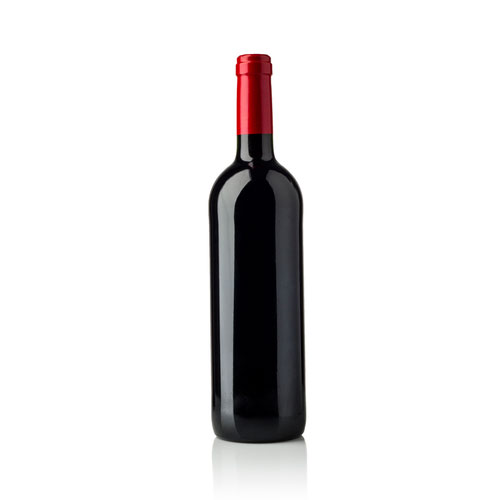
Wine
Red is better from a chilling point of view, but if white is your preference then stick it in with the beers.
What not to add to your camping food list and why
Although there are definitely certain foods that are better suited to camp cooking than others, there are very few that are a complete disaster. So here are a few things to consider not adding to your camping food list:
Camembert and other really smelly things!
There are actually some really excellent ways to cook with camembert on a campfire, but unless you intend on using on the first night, I recommend avoiding it. It gets stinky super quickly and will taint your nostrils for the whole trip!
Fresh milk and cream
Again, unless you are going to guzzle it all in one day, or have space in your cooler for it, then best not to bring it.
Loads of meat
As mentioned, unless you have refrigeration for the duration of your camping trip, you’ll need to use up any fresh meat at the start of your getaway. Meat will last another day if it goes into your cooler straight from the freezer. And it will also help keep the cooler colder for longer!
Essential camping food items
These items live in my camping box – year round. I never go camping without them. You might find that there are a bunch of other condiments and sauces that you can’t live without. But if you just want the bare minimum, then this is it:
- Cooking oil
- Salt and pepper
- Herbs and spices
- Ketchup
Camping meal ideas
Part of the fun of camping food is trying to adapt your ‘at home’ recipes to work just as well when cooked in your limited camp kitchen. But if you’re not that into cooking in the first place, then here are some simple and really delicious recipes to get you inspired.
5 brilliant camping breakfast recipes
One-pan English breakfast
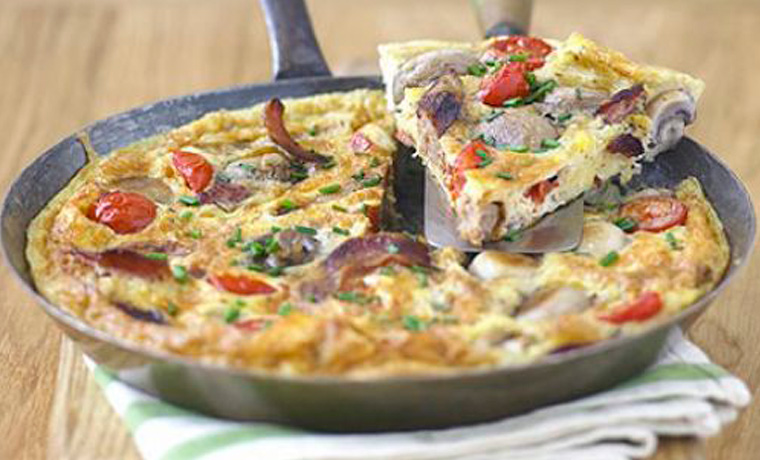
source: bbcgoodfood.com
Peshwari porridge
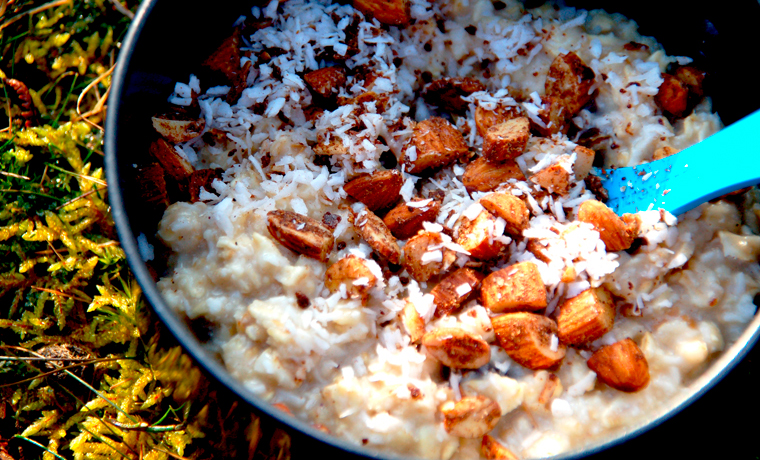
Black bean huevos rancheros
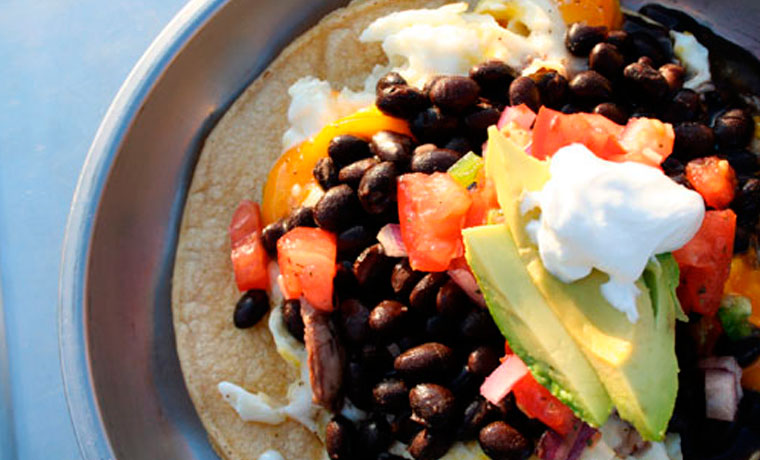
source: dirtygourmet.com
Banana chocoalte pancakes
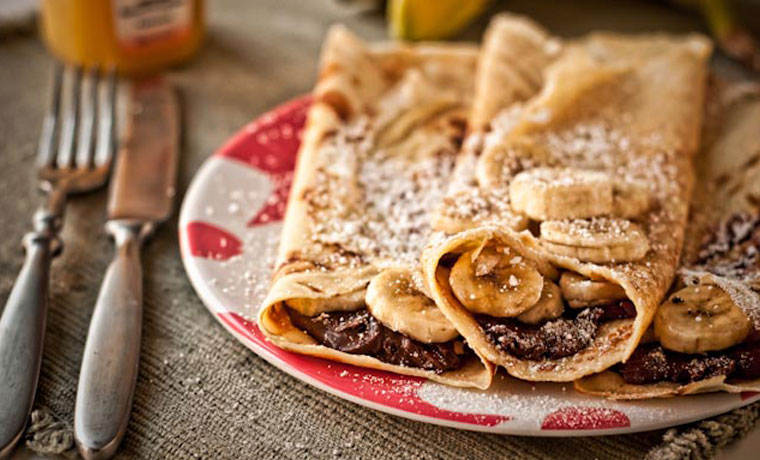
source: sweetandsavorytooth.com
Scrambled egg and smoked salmon wraps
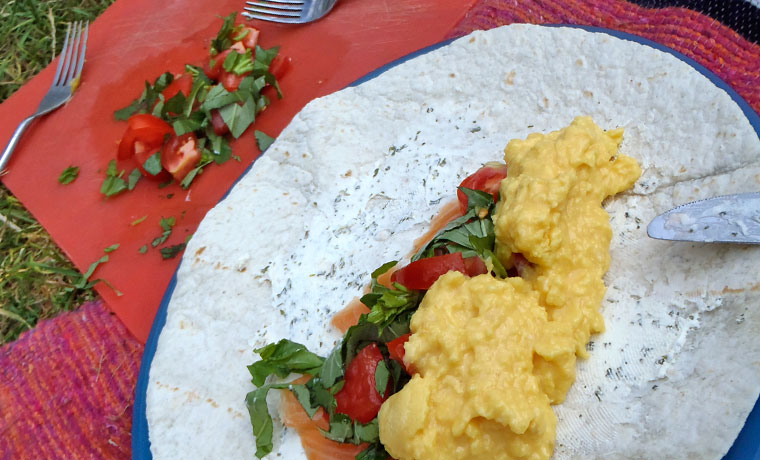
5 yummy camping lunch recipes
Couscous, clementine and chickpea salad
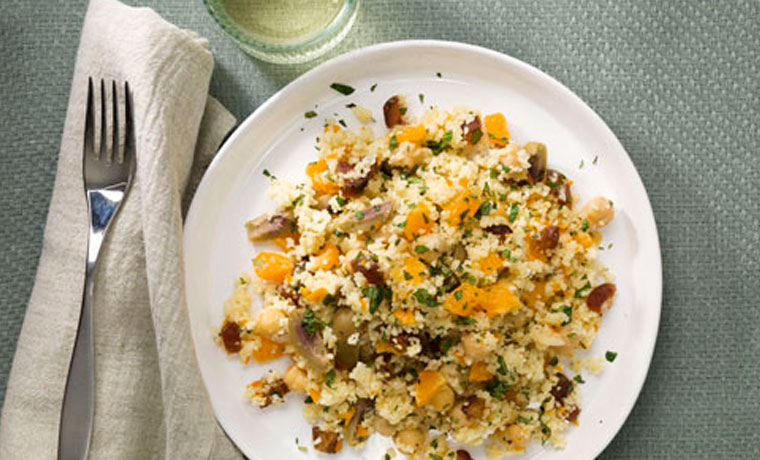
source: bonappetit.com
Walking tacos
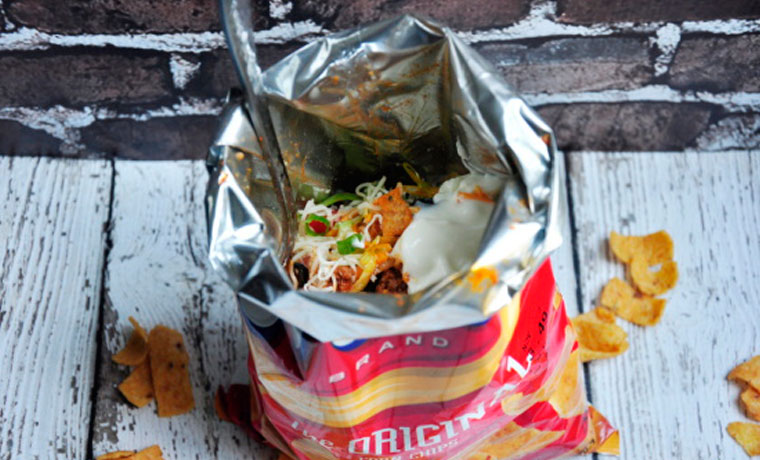
source: food.com
Cheese and tomato pie iron
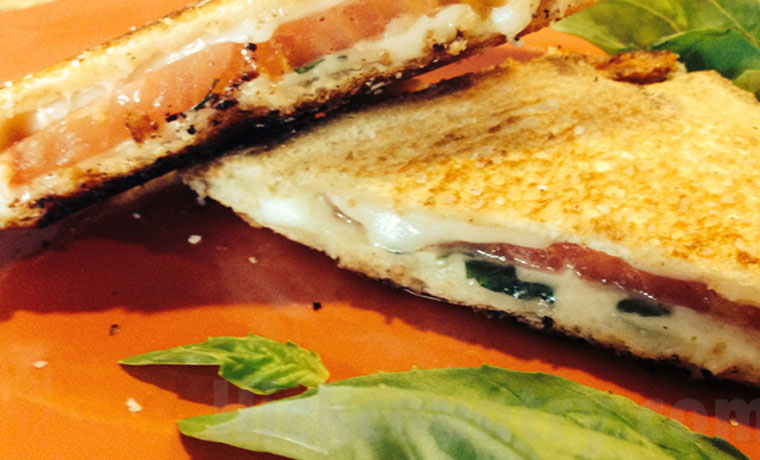
source: hickcountry.com
Asian wraps
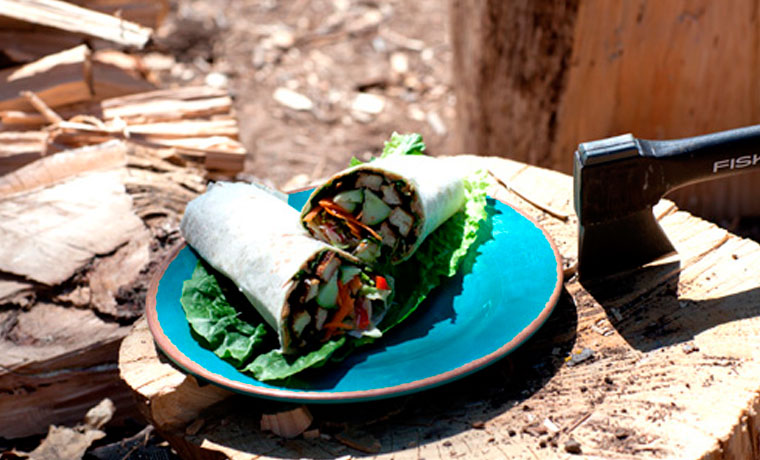
source: dirtygourmet.com
Bean salad

source: voilawithemily.com
5 easy camping dinner recipes
Chorizo Paella
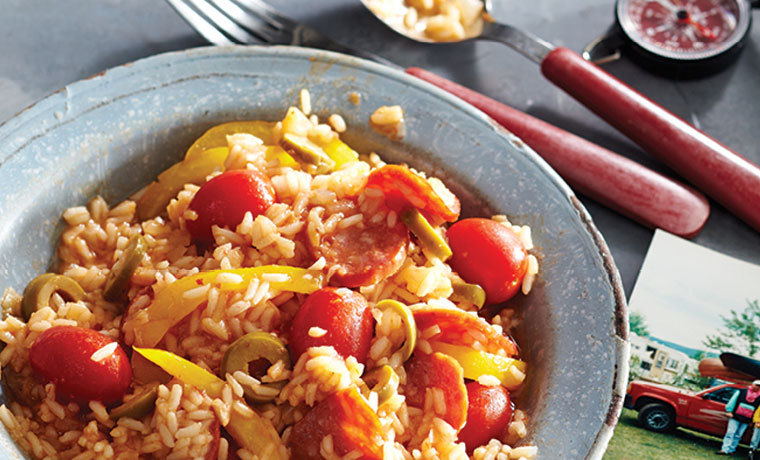
source: todaysparent.com
Chickpea and mushroom tagine
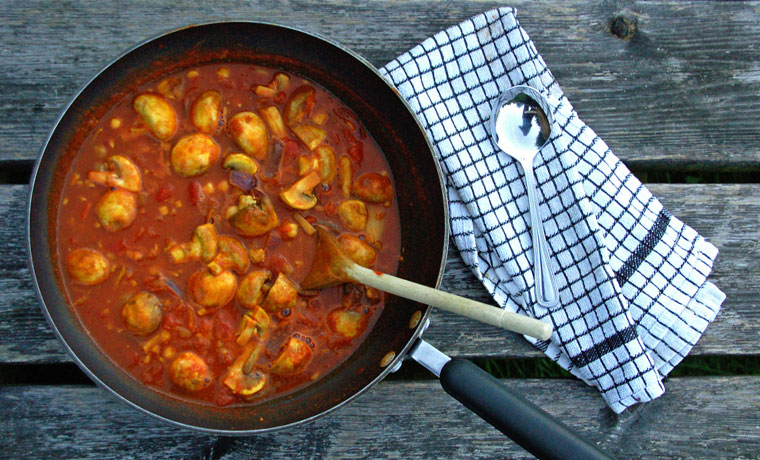
Campfire baked sea bass
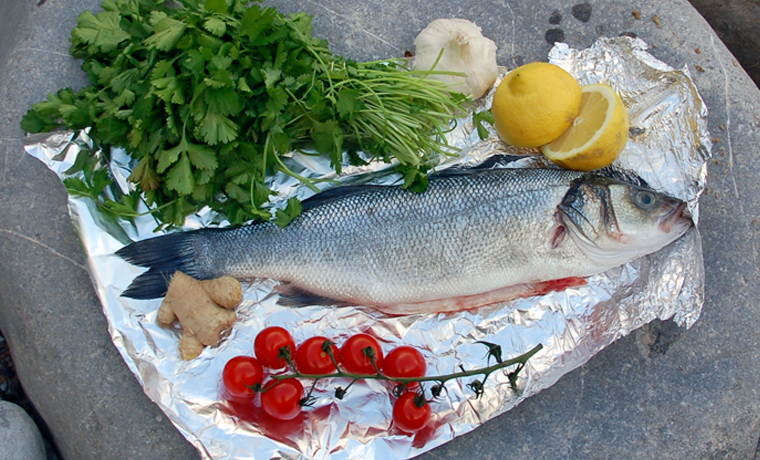
Halloumi and vegetable kebabs
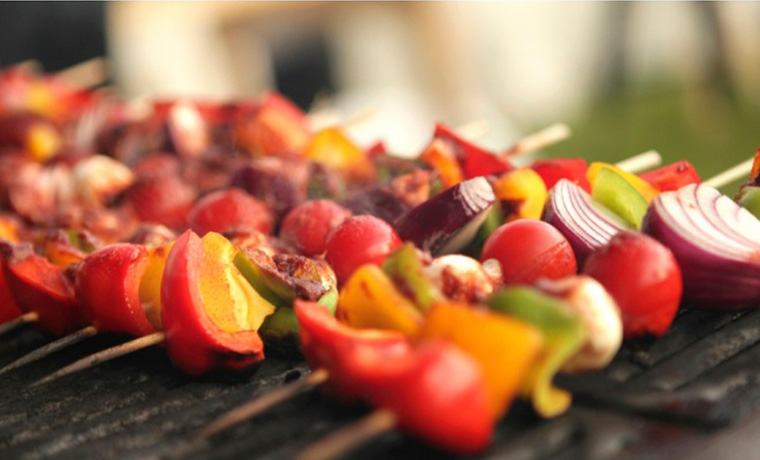
source: netmums.com
Sweet potato and corn chowder
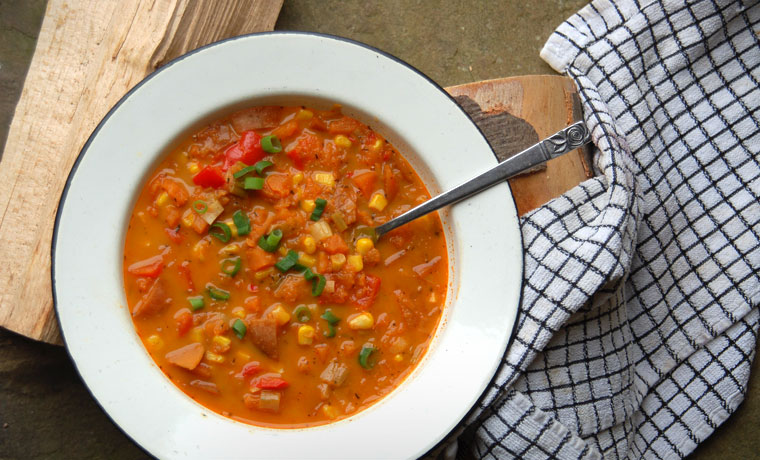
5 delicious camping dessert recipe
Banana boats
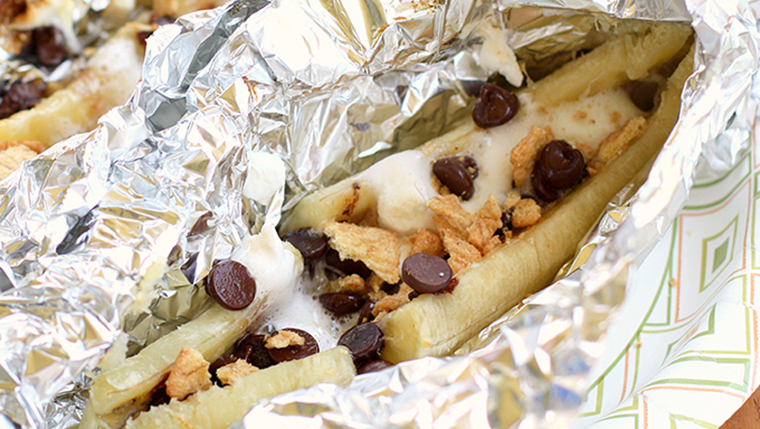
source: tablespoon.com
Roasted caramel pecan and peaches
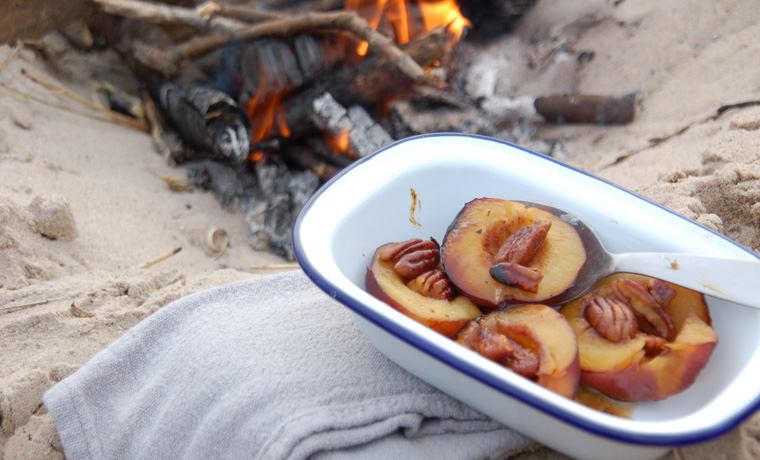
Chocolate orange campfire cupcakes
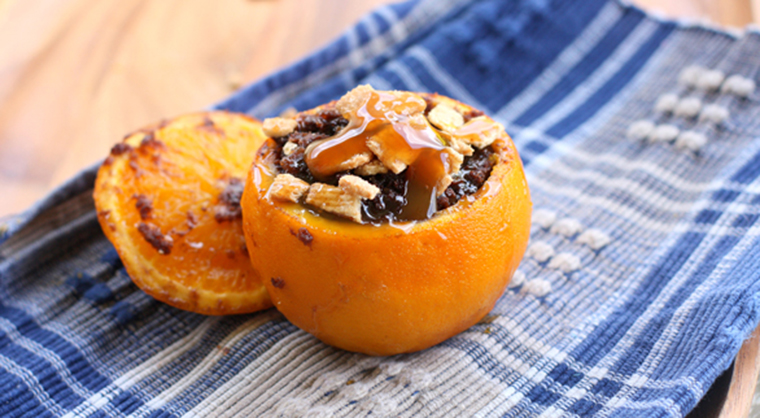
source: tablespoon.com
Grilled fruit kabobs
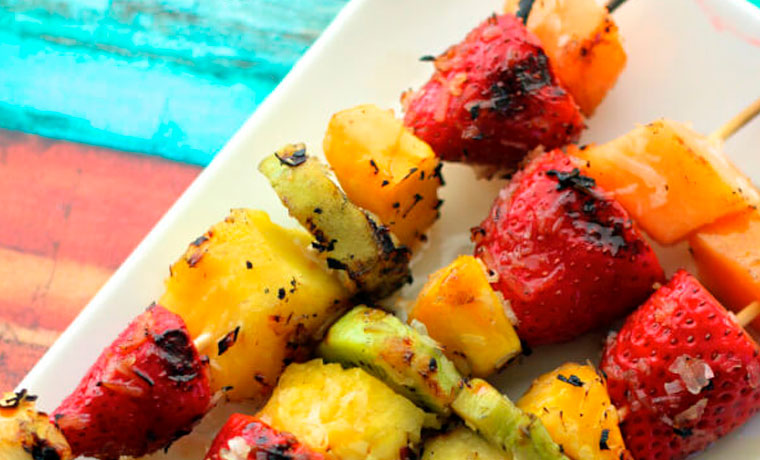
source: favfamilyrecipes.com
Campfire glazed peaches and figs
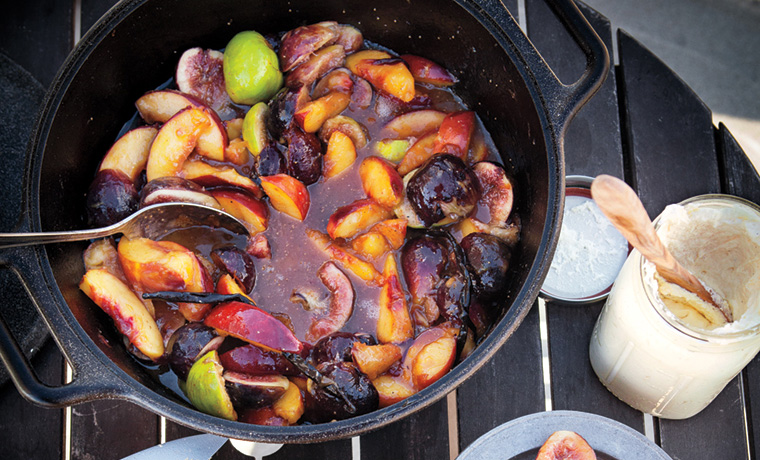
source: myrecipes.com
5 simple snacks for out and about
Trail mix energy bites
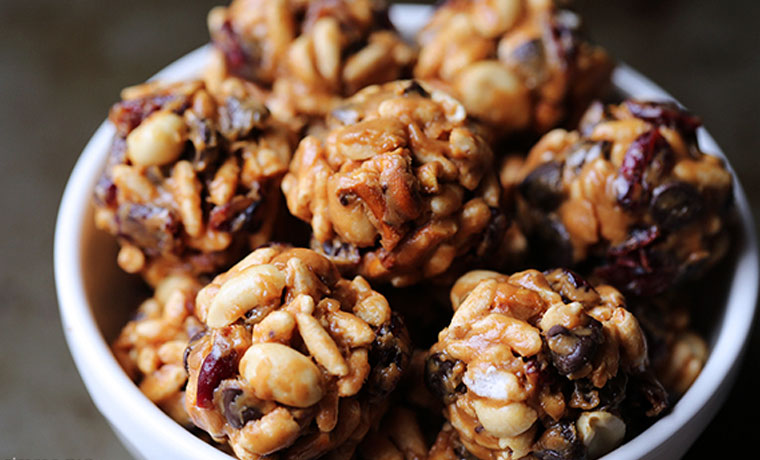
source: gimmesomeoven.com
Savoury shortbread cookies
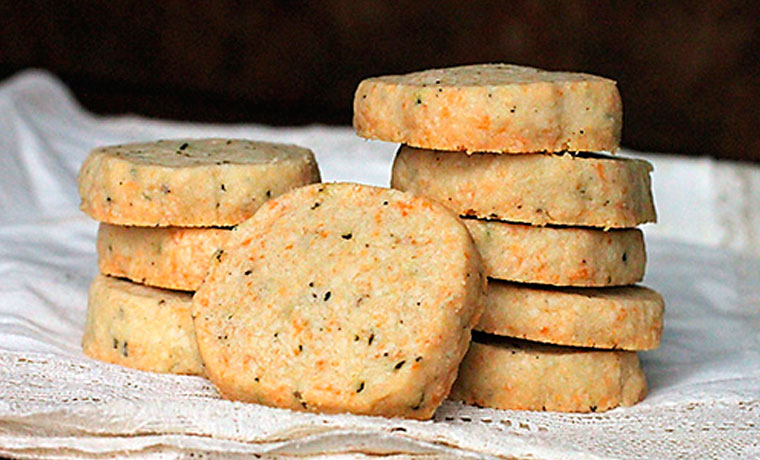
source: dirtygourmet.com
Cinnamon berry granola bars
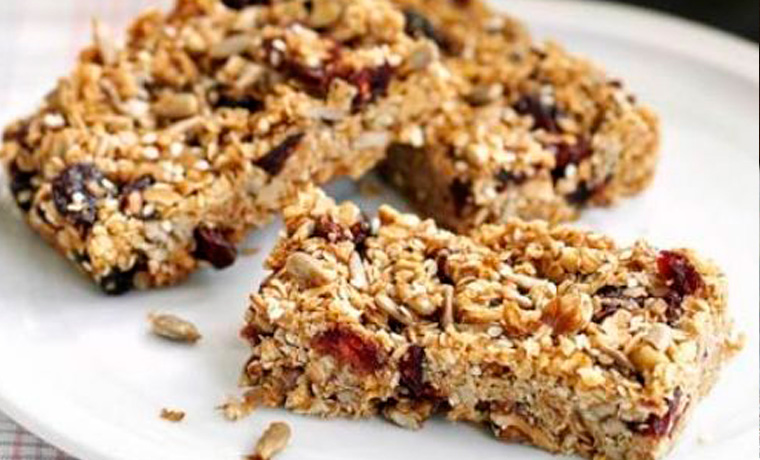
source: bbcgoodfood.com
Sweet potato hummus and pita bread
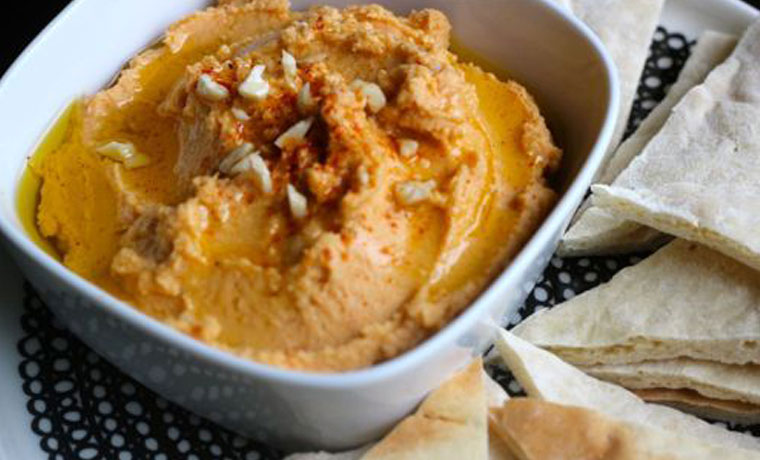
source: aboutsouffle.tumblr.com
Campfire bread and chocolate spread
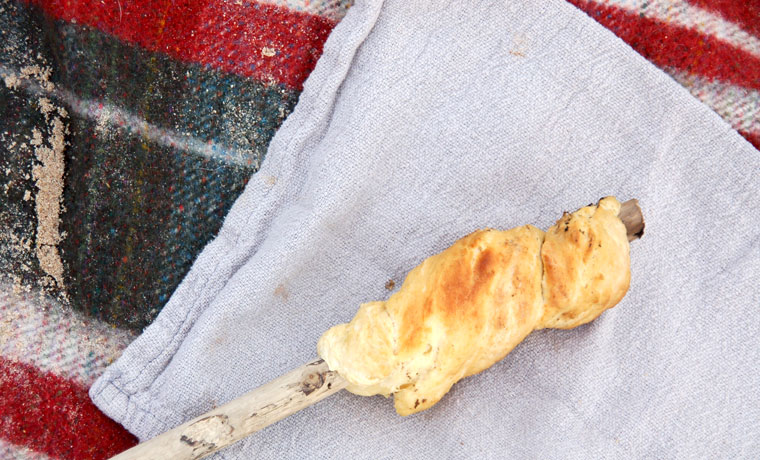
A two day camping menu
With so many great camping meals out there and so many different things to consider when putting together you camping food list, it can be a little overwhelming to know where to start. Getting prepped for a weekend in the wild with kids can be a challenge at the best of times, and the last thing you want to do is create more stress for yourself by trying to serve up restaurant standard food the whole weekend. So, to take out some decision making, I’ve put together a list of meals that the whole family will love.
This camping menu is balanced, packed full of loads of vitamins, delicious and super easy to make. It will be plenty of food for a family of four camping for a weekend and the menu covers the following meals:
- Friday night dinner – Camping nachos
- Friday night dessert – Banana boats
- Saturday breakfast – One-pan full English
- Saturday lunch – Couscous, clementine and chickpea salad
- Saturday dinner – Coconut curry noodles
- Saturday dessert – canned rice pudding with chocolate melted in
- Sunday breakfast – Peshwari porridge
- Sunday lunch – Asian wraps
- Snacks x 4
A camping food list for the two day menu
If you like the look of the above two day camping menu, then I’ve made things even easier for you with this camping food grocery list. Just check off each item as you shop, or cross through the items you don’t want. Easy! Adjust the volume of things according to the number of people you are feeding and then you’re all set for a weekend of outdoor exploration fuelled by some deliciously yummy camping food that you and your family won’t forget in a hurry
Carbohydrates
Canned food
Seasoning and sauces
Fresh vegetables, fruit and herbs
Dairy and meat
Snacks and other stuff
Great camping food should not only be delicious and packed full of great nutrition, but it also shouldn’t turn into a chore or a hassle. So whatever you end up choosing to serve up on your wilderness adventure, make sure it’s as fun to prepare and cook as it is to eat.
Enjoy, happy campers!

